The Birth of an Iconic Garment
The origins of the qipao lie in the Qing Dynasty (1644–1912), when China was under the rule of the Manchus, an ethnic group that brought their own distinctive customs and clothing to the imperial court. For women, this was a long dress with a straight, relaxed fit that flared slightly at the hem. This dress was the first ancestor of the qipao.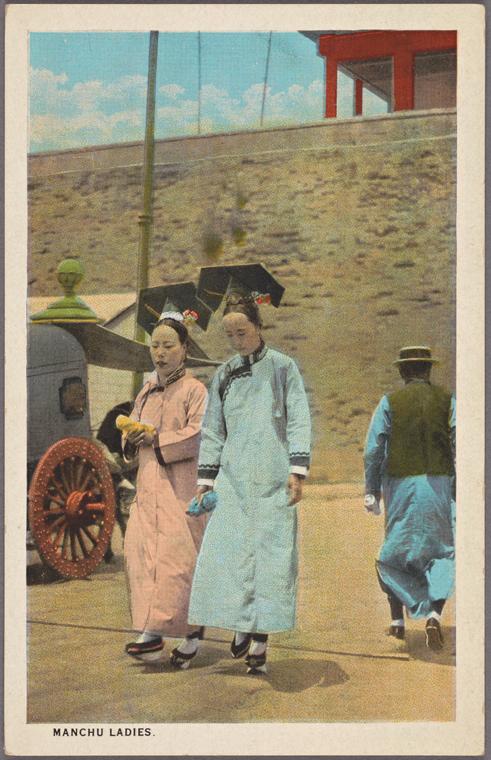
Over time, these Manchu-style dresses were influenced by elements of Han fashion. And in the 20th century, as Western learning grew in popularity in post-imperial China, the qipao began to move away from its long and relaxed fit. At the request of wealthy, educated, and fashion-forward young women, private Chinese tailors began to apply Western tailoring techniques, such as chest and waist darts and shoulder seams, to the loose-fitting qipao, giving it a flattering fitted silhouette.
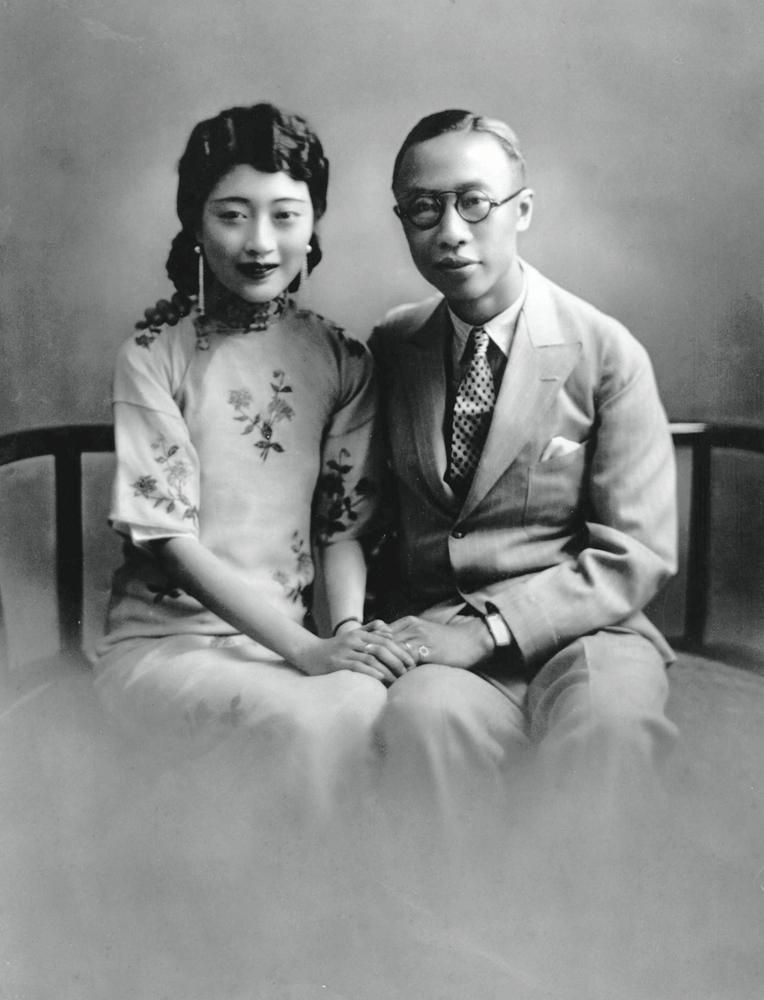
A Fashion Phenomenon
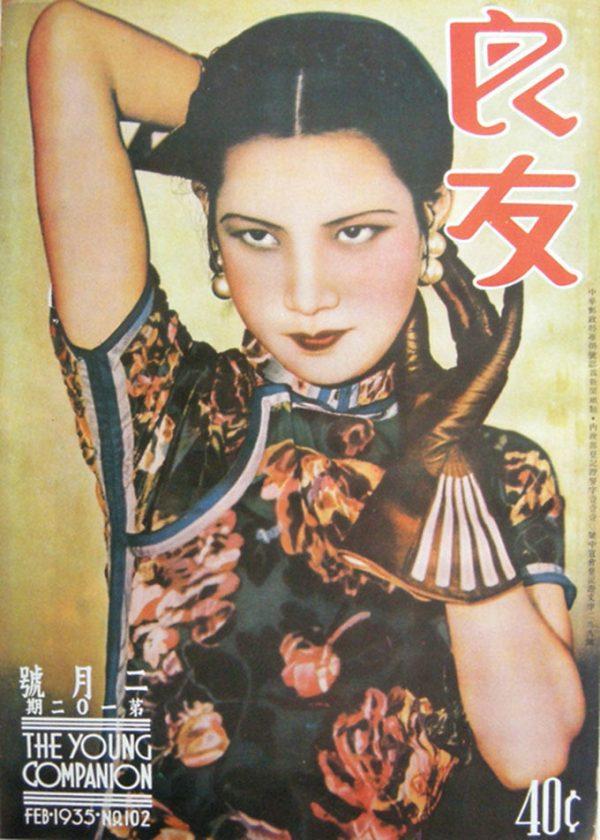
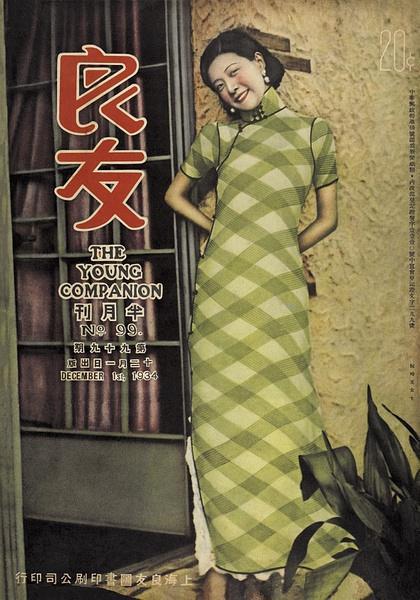
In the 30-some years of the Republic of China (1912–1949), ideas were freely exchanged between East and West. This led to a blending of tradition and modernity and the emergence of many talented scholars and great artists.
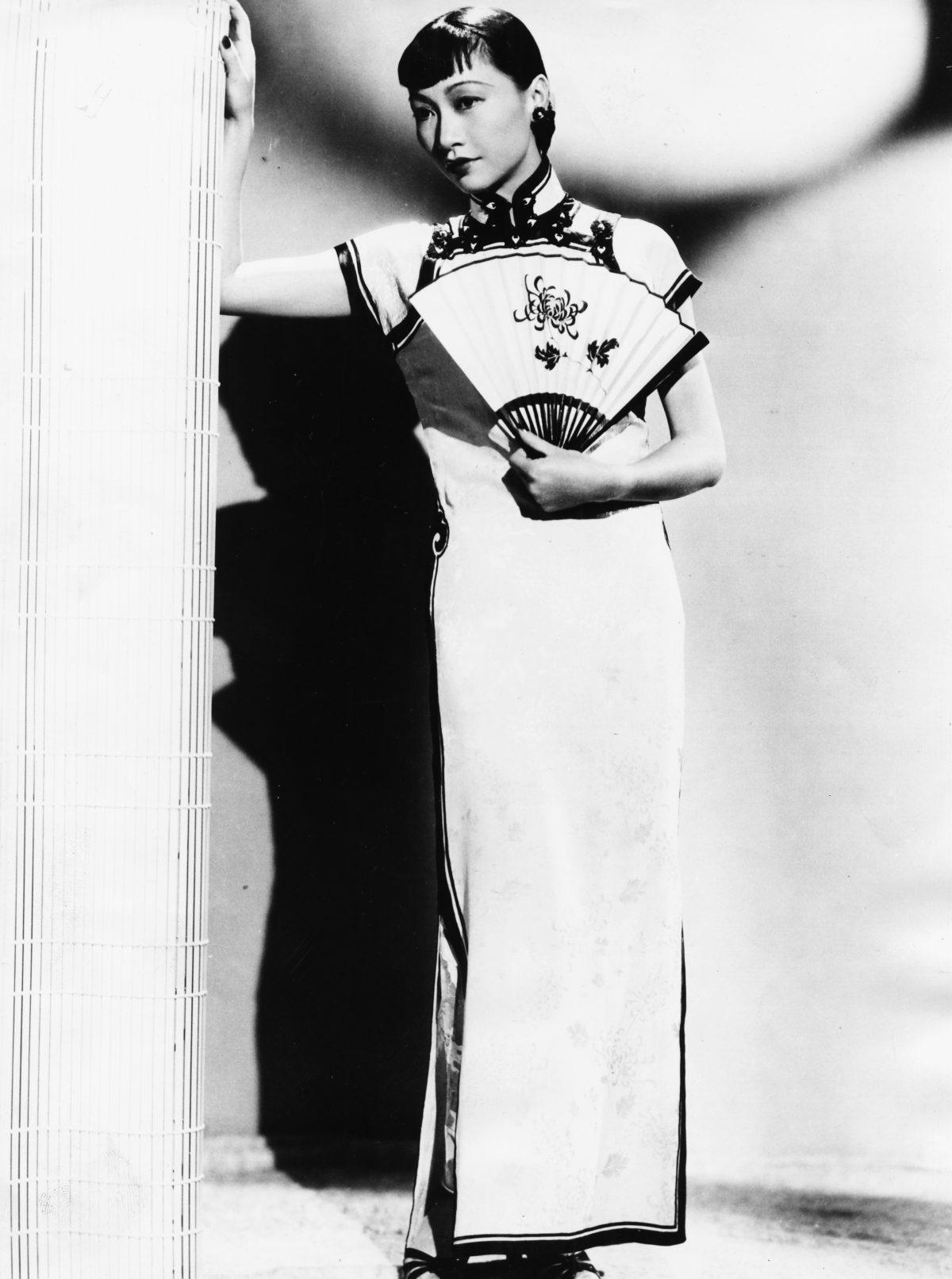
This dynamic period was documented in The Young Companion, one of the most widely distributed and most influential Chinese magazines at the time. In the spring of 1926, The Young Companion was first published in the international and fashion-forward city of Shanghai. The covers of The Young Companion, which often featured female actresses and celebrities wearing various styles of qipao, witnessed the ebb and flow of changing Chinese tastes and fashion ideals.
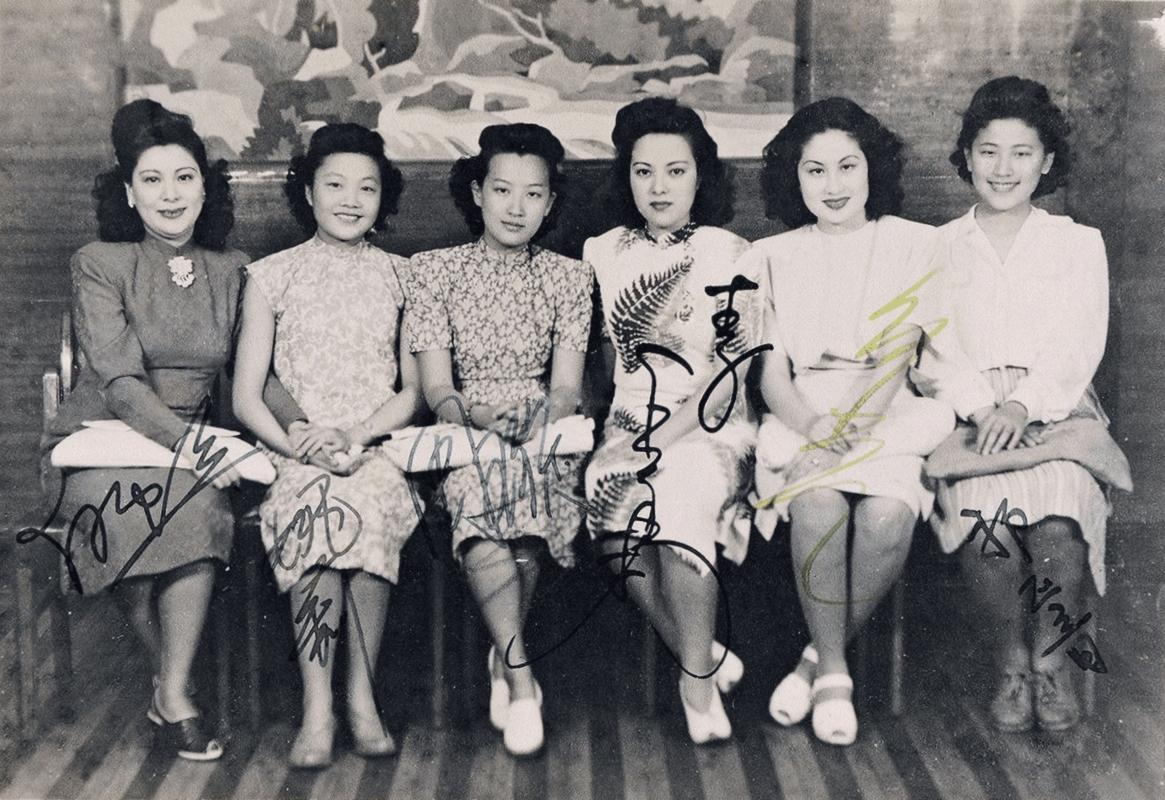
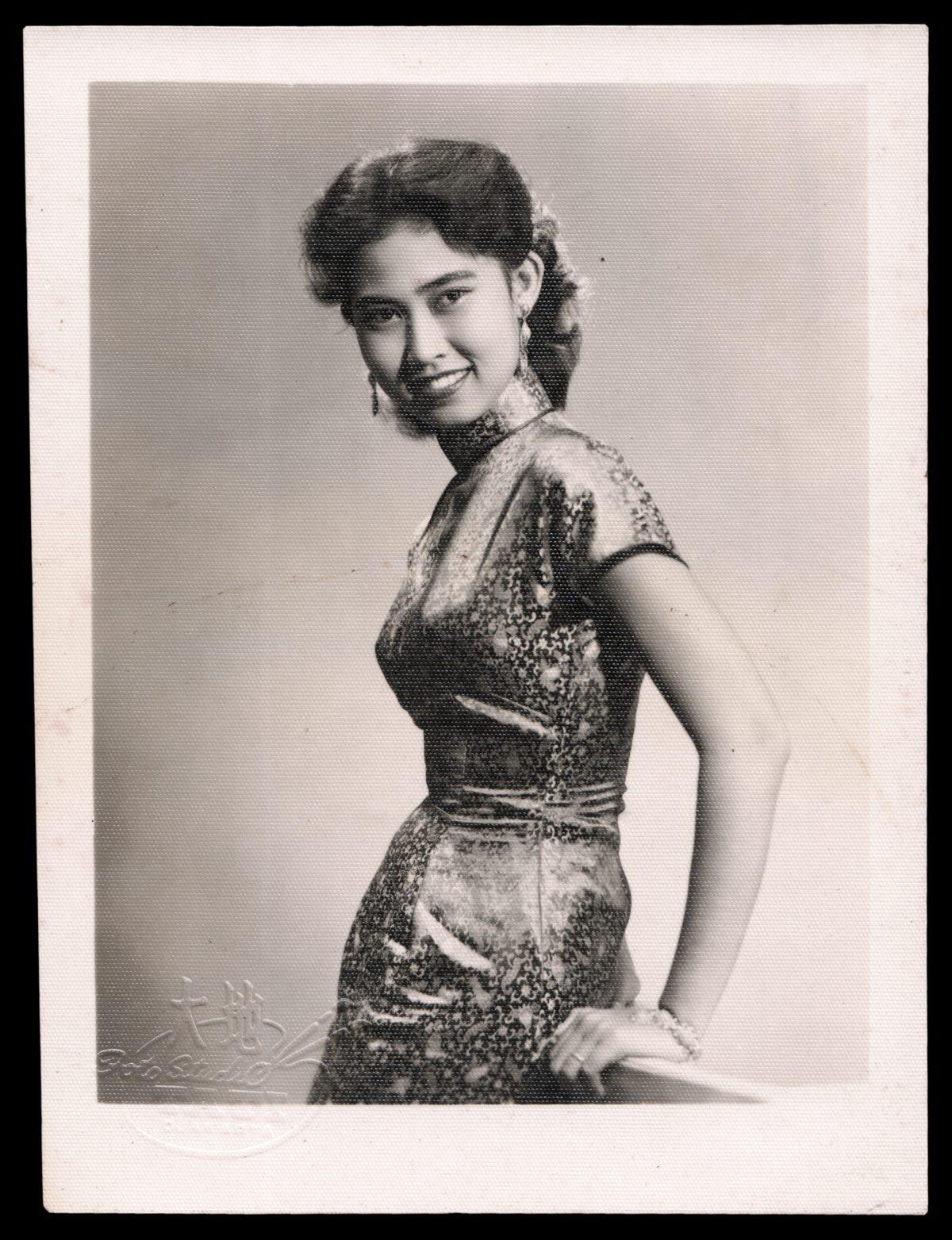
Meticulous Detail
From measuring and sewing to decoration and embellishment, hand-making a qipao takes care and attention to detail. In particular, the qipao’s adornments, which consist of traditional Chinese elements, are especially exquisite and visually stunning, giving the dress a unique grace and charm.The fasteners that adorn qipao are unique to Chinese apparel and are known for their complex construction, elegant design, and ease of use. Handmade fasteners add refinement and grace to a qipao.
Another unique feature of the qipao is its various styles of borders, which follow the qipao around its collar, sleeves, slit, and hem. Some of the most popular styles are the contrasting border and rolled border, which is shaped like a thin round cord.
The surface of the qipao is embellished with exquisite, hand-sewn embroidery of different natural images. They can be displayed all along the dress, as a small detail, or even within a contrasting border.
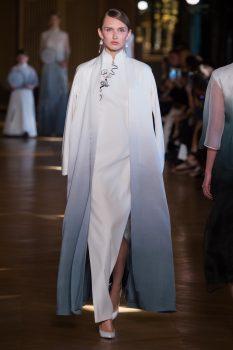
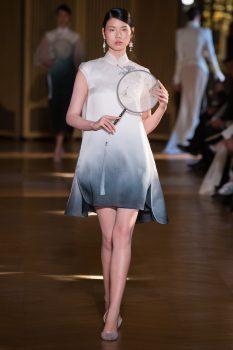
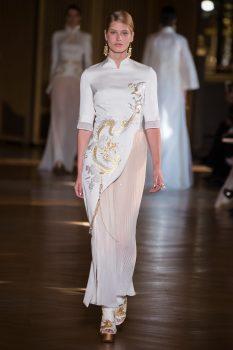
Adorned with such intricate details, the qipao is a beautiful and enduring classic, uniting Western fashion techniques with a traditional Chinese aesthetic.

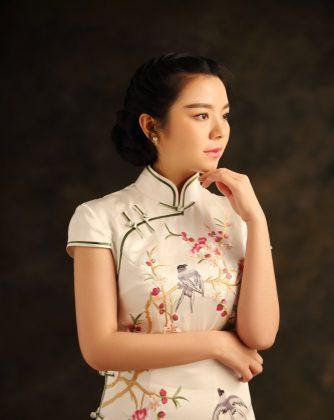
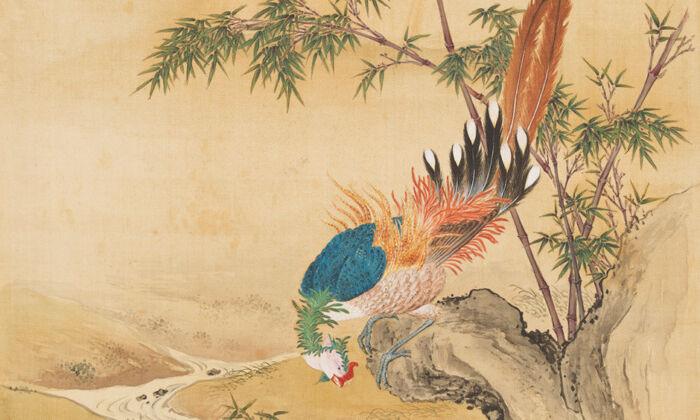
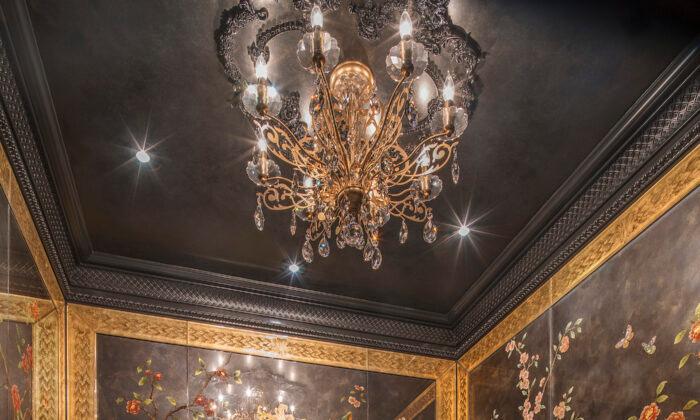
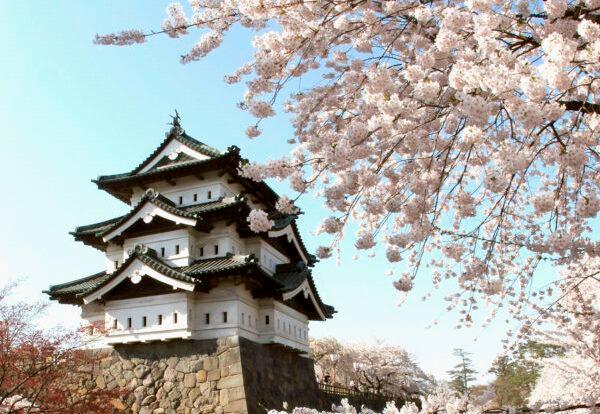
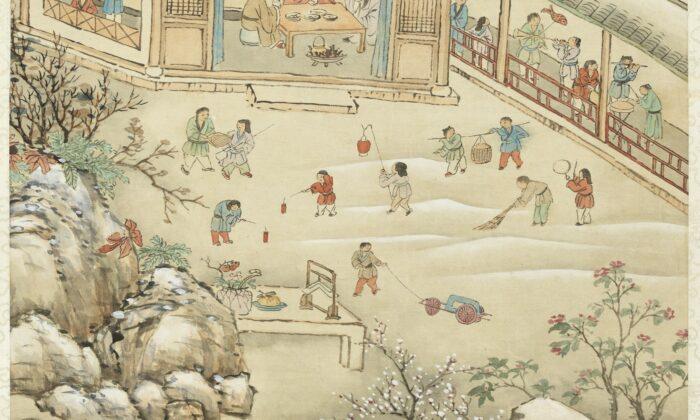
Friends Read Free